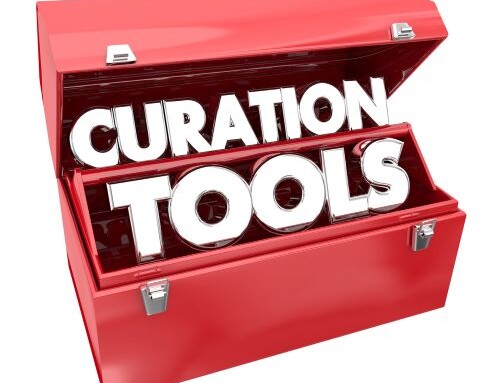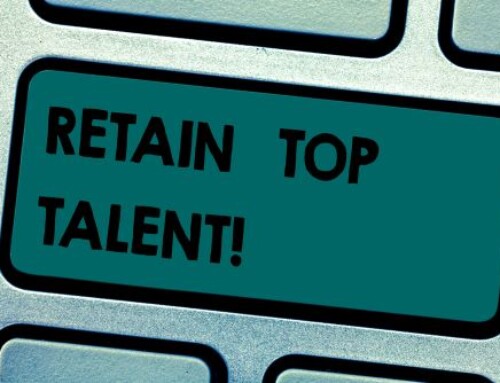At one point or another, most of us have been told something along the lines of “you reap what you sow” or “you get out of it what you put into it.” A lot of people are capable of doing a good job but only a small percentage actually go above and beyond on a consistent basis. In fact, according to research done by Harvard and MIT, only 3-5% of most staff members can be named as high potential employees. Here is a playbook of how to utilize and motivate those key employees.
Plan Resources Ahead of Time
Top performers do best when they are being challenged enough so they don’t become bored. Therefore, top performers will get anxious if there isn’t enough responsibility, aren’t new things to learn, new challenges to take on, opportunities for advancement, and so forth. By planning ahead and knowing what positions will eventually need filling, you can have confidence in knowing where your top players could end up, giving them a sense of anticipation to work to internally fill managerial openings, as well as creating learning opportunities along the way.
Choose the Right Players
Knowing which positions might eventually need filling allows you to determine who in your workforce is best equipped to step in. Asking employees what their goals are is a good place to start but words and actions don’t always align. Keeping an eye out on the keys players in the office will show you who is seeking to climb the corporate ladder, who is best for a leadership role and who might not have enough motivation or desire to be at the top of your organization’s structure.
Evaluate Players Strengths and Weaknesses
We all have our strengths and weaknesses but it’s those who work on turning weakness into a strength that stand out from the crowd. Remember, sometimes it isn’t always overcoming weakness that makes one strong. It’s often finding the right people who can be counted on, and make a leader stronger. As you review top performers look for qualities that emphasize a willingness to learn, an understanding of how to delegate to the right people as well as knowing who to trust (and depend on). Work with these key players to develop plans to learn new skills, improve on the ones they have by giving them the tools and opportunities they need to succeed.
Inform Players of Potential Future Roles
Part of making a plan for future leaders is to inform key performers about what the future holds for them. A goal is critical toward motivation, and essential in terms of keeping on track in achieving the objectives of the overall goal. Additionally, by acknowledging the value and potential of top talent, you set the expectations high (thereby establishing a challenge), show appreciation for great work (keeping motivation high) and ensure that everyone else is aware that hard work and productivity is valued (which is great for a positive corporate culture.)
Initiate Growth and Training
Just as in professional sports, top players in the office need constant training to keep growing and improving their skills. Give them time to research how to fill their potential role in the best way and send them to training programs, workshops, seminars or conferences that focus on improving skills, knowledge, as well as networking with peers and others in the industry. This is good follow through on your part of helping your key players reach their full potential in your organization.
Provide Opportunities
Along with training, playing different roles helps grow top players into leaders. Understanding the value of other roles and how they move the company forward, develops new skills and experience. Doing the same task over and over gets old fast anyway. Through job rotations, top talent learns new skills, networks with others in the company, and understands more about how the company runs. Ultimately this will lead to more effective leaders who have “big picture” perspectives on the organization and the importance of productivity, efficiency, effectiveness and agility.
Reward the Key Talent
Every good team earns a reward, especially the MVP or in this case the high potential employee. Travel incentives are more than a great reward, they are a great motivation. According to the Site International Foundation, travel incentives are more motivating to 95% of employees than pay raises. Additional loyalty to the company is felt by 75% of those that earn a travel reward and productivity can be increased 18% when a travel incentive program is introduced to a company.
Knowing that high positions are going to eventually need filling and being prepared to fill those spots internally gives you a head start. Your high potential employees have just that – high potential to fill and thrive in leadership and top positions. By motivating and equipping those employees, your organization is bound for success.
Considering a travel incentive program to reward employees? Contact Gavel International to learn more.







